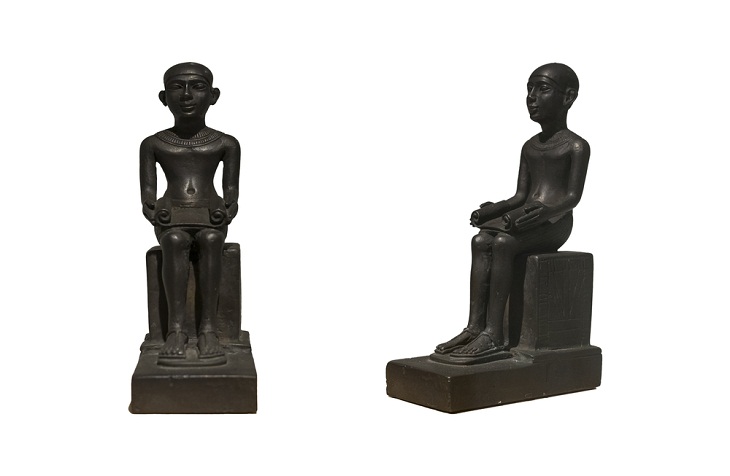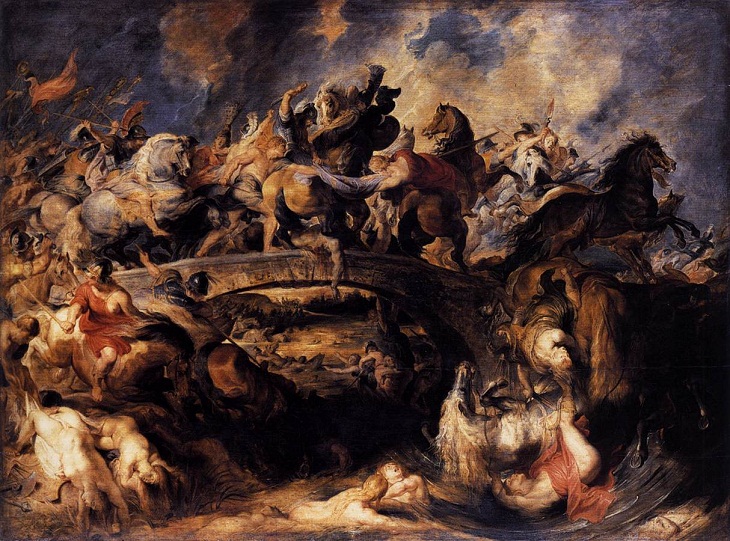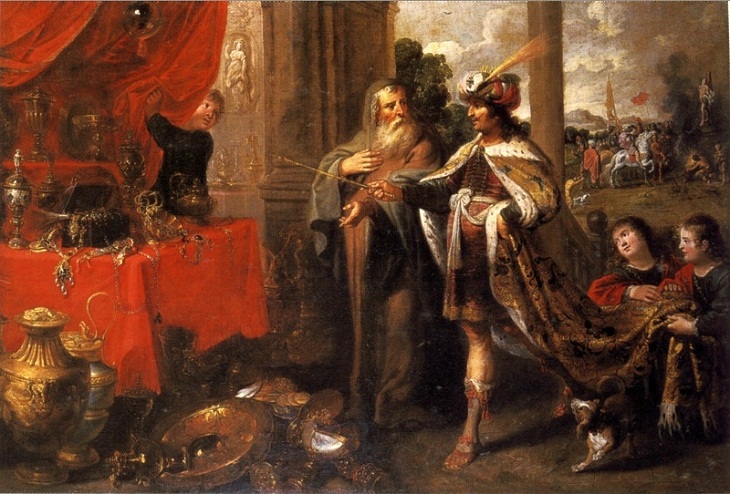Imhotep, although largely known to the modern world as a character in The Mummy, was actually a real man who lived thousands of years ago and was later deified as a god in the Egyptian pantheon. His role as the god of medicine was revered throughout the Nile Delta, where he had temples and offerings dedicated to him. Despite his elevated status, Imhotep was once a mortal man who served as the chancellor to the Pharaoh Djoser and is credited with the construction of the Djoser pyramid, indicating his architectural prowess.
After his death, Imhotep's reputation as a skilled healer gained widespread popularity, leading to his cult following and eventual deification. He became only one of two commoners to be elevated to the status of god, and his veneration continued throughout the New Kingdom and Late Period. However, with the rise of Greco-Roman medical influence in Egypt during the late 1st millennium AD, his popularity gradually declined, and he eventually faded into obscurity.
Imhotep's legacy is a testament to how ancient societies viewed their leaders and heroes, and how the line between mortal and divine was often blurred. His story reminds us that even figures who are worshipped as gods were once ordinary people who made their mark on history through their achievements and contributions to society.
2. The legendary wizard Merlin may have been a real-life hermit
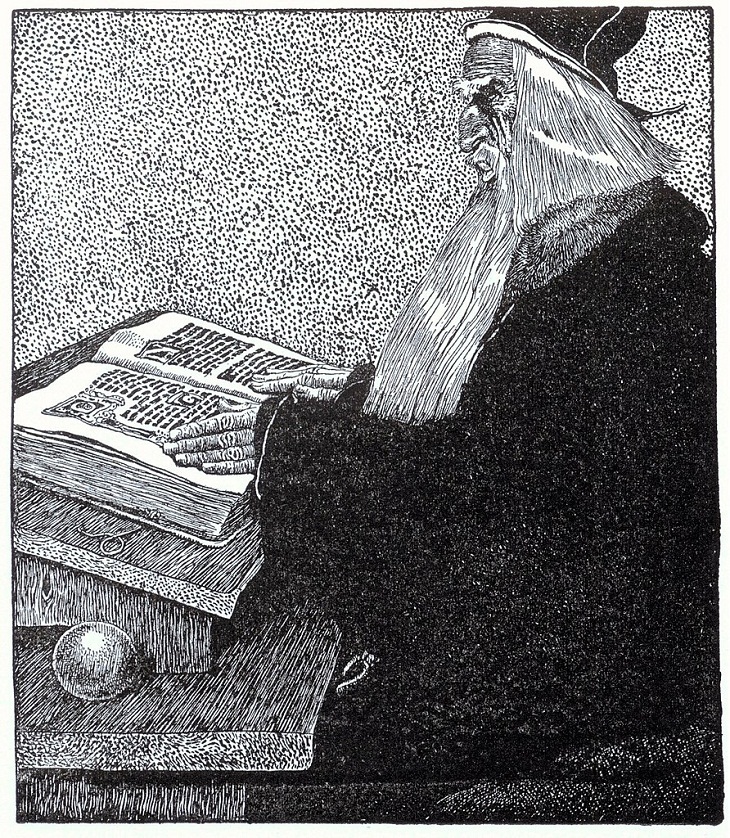
Merlin the wizard, known for his legendary status as King Arthur's wise advisor, was partially inspired by a real man named Myrddin Wyllt. Though much of the wizard's story is mythical, some aspects are rooted in historical accounts of Myrddin, a poet who served a king that met a tragic end in battle. After the king's death, Myrddin became mad and retreated to the woods, where he lived as a hermit. Additionally, the real-life Welsh bard Taliesin's story was also conflated with Merlin's, further adding to the legendary figure's mystique.
Merlin's tale has captivated people's imaginations for centuries, with his magical powers and close relationship with King Arthur making him an icon of fantasy and myth. However, the historical basis of Merlin's story reveals a much more nuanced and tragic tale. Myrddin's descent into madness following his king's death reflects the harsh realities of medieval life, where warfare and political instability were constant threats. Similarly, Taliesin's inclusion in the Merlin legend demonstrates how real-life stories could be conflated with mythical figures to create a more compelling narrative. Ultimately, Merlin's complex origins showcase how history, myth, and legend are intertwined and how they can shape our understanding of the past.
3. Paris of Troy was a factual person and a participant in the mythical war
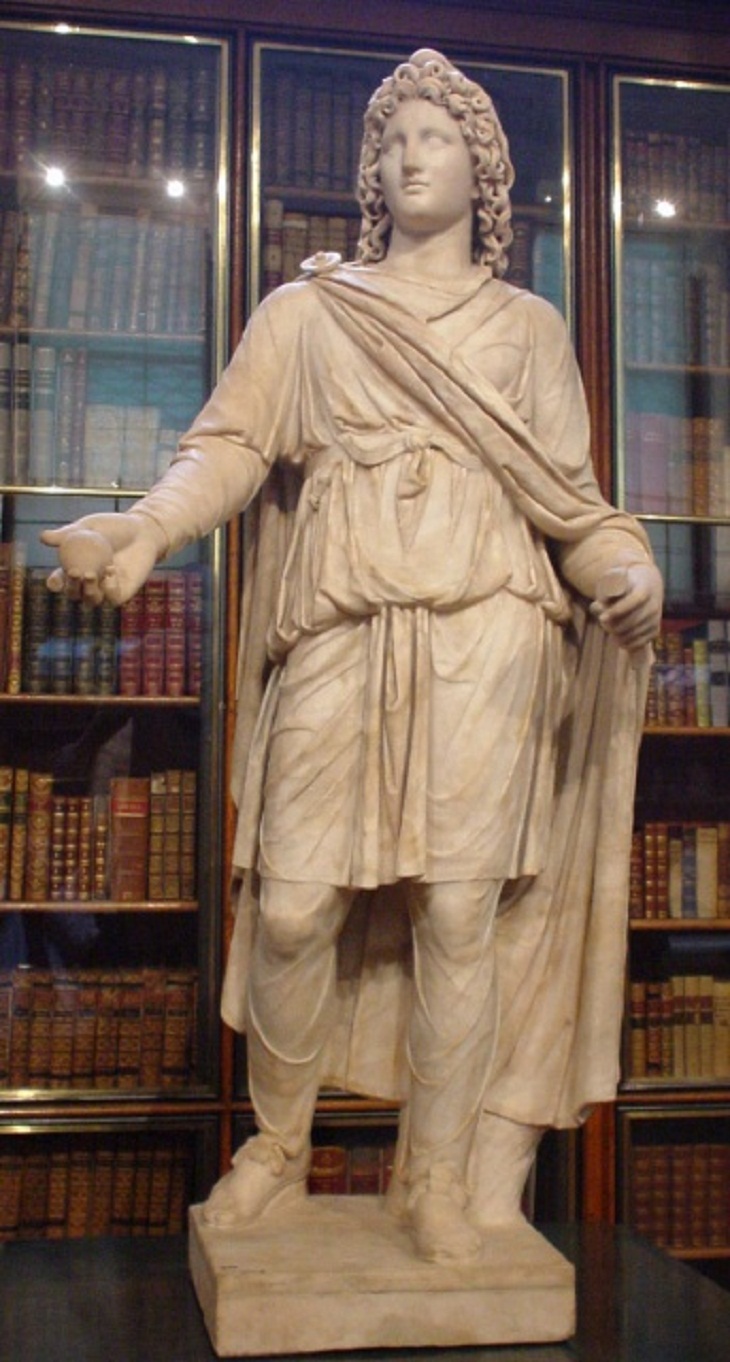
Paris, the son of King Priam of Troy, is a prominent figure in Greek mythology, featuring in several stories. The legend of Paris centers around his pursuit of Helen, the Queen of Sparta, and the events that follow. In some versions, Paris kidnaps Helen, while in others, she willingly chooses to be with him. Regardless of the details, the outcome is the same: the Trojan War is sparked, with Paris at the center of it all.
Paris is portrayed as a key player in the conflict, responsible for the death of Achilles, the greatest warrior of the Greek army, according to Homer's Iliad. Paris' death is equally significant, mortally wounded by Philoctetes during the Sack of Troy. Despite Helen's pleas to the gods to heal him, Paris is left to die.
While debate exists over the historical accuracy of Paris' story, evidence from Hittite sources, including the Manapa-Tarhunta letter, suggests that he was a real prince of Troy. Although his story has been embellished with divine interventions, it is widely accepted that Paris existed, and that his actions played a significant role in the Trojan War. Despite the controversy surrounding Paris' legacy, his story remains an enduring part of ancient mythology.
4. Amazon warrior women were real
For centuries, scholars dismissed the Amazons as nothing more than a myth, a creation of the ancient Greek imagination. However, recent archaeological discoveries suggest that these fierce warrior women may have been more than just legends.
Historians had long debated whether the Amazons were a propaganda tool or simply men mistaken for women by the Greeks. Yet, the discovery of a burial site in western Russia has given us one of the most detailed pieces of evidence to date that these female fighters were real. The remains of four Scythian nomads, ranging in age from early teens to late 40s, were found buried with weapons, horseback-riding equipment, and arrowheads in a tomb. The eldest woman was even adorned with a golden ceremonial headdress, an indication of her status.
As per Adrienne Mayor, author of The Amazons: Lives and Legends of Warrior Women Across the Ancient World, the recent finding is a significant piece of evidence that disproves the notion that female warriors were merely imaginary characters from the past. It challenges the idea that the Amazons were just a mythological construct created to keep Athenian women in line.
5. Once believed to be fictional, Croesus of Lydia is now recognized as an actual monarch
Croesus was a legendary monarch of great wealth, whose fortune led to the expression "rich as Croesus" remaining in use even today. While the myths surrounding him are abundant, there is now wide belief that he was, in fact, a real person. Herodotus' Histories, one of the earliest works of academic history, mentions Croesus, and he is suspected to be a descendant of Gyges, who took power over Lydia by murdering Candaules.
After his father's death, Croesus fought for the throne and emerged victorious, immediately executing all opposing faction members. He continued his family's longstanding wars throughout Asia Minor, subjugating vast territories and demanding tribute. Croesus is credited with being the first to issue gold coins with standardized purity. His gifts to the Oracle at Delphi were so highly regarded that they were preserved. Although he was once considered a mythical figure, Croesus now symbolizes an entire period of Greek history.
It is fascinating to consider how the legend of Croesus has persisted throughout the ages, with countless authors referencing him in their works. He is often cited as an example of immense wealth and power, and his name has become synonymous with financial success. However, it is important to remember that behind the myth, there was a real person whose actions had a significant impact on the ancient world. The fact that we still speak of him today is a testament to his enduring legacy.
6. Robin Hood may have been a real thief

Robin Hood is a legendary character in English folklore, known for his bravery and skill as an archer, and his battles against corrupt authority figures such as the Sheriff of Nottingham. Accompanied by his band of Merry Men, including his lover Maid Marian, Robin Hood is a popular figure in tales of rebellion and resistance against tyranny. Robin Hood's historicity has long been debated. However, there are references to at least one person with a similar name and a similar story in legal records from the 13th century. In particular, Robin of York, who lived in 1226, was stripped of his possessions, declared an outlaw, and became a bandit, just like the legendary Robin Hood. That said, whether this Robin Hood is the same person as the character in popular mythology remains a mystery. Nonetheless, the enduring popularity of the Robin Hood legend speaks to the universal appeal of stories of heroic outlaws who fight for justice and the common people against corrupt rulers.
7. Midas, a prominent figure from Greek mythology, was probably a wealthy ruler
As per popular depictions, Midas is considered the adopted son of King Gordias and was infamous for his insatiable desire for wealth. According to Ovid's Metamorphoses, King Midas rescued the satyr Silenus, who promised to grant him any wish in return. The king wished for the power to transform everything he touched into gold, a boon he initially enjoyed but soon regretted. The cursed ability left him unable to eat or drink and led to the accidental killing of his daughter. Only after repenting of his greed was he offered mercy by the gods. King Midas' story serves as a cautionary tale, warning of the dangers of greed and the perils of material wealth.
Although the legend of King Midas may seem unbelievable and fanciful, it is based on an actual historical figure. King Midas was a ruler of Phrygia and the son of Gordian during the late 8th century AD. He married Damodice, a Greek princess, to expand his trading empire into Europe, which brought him substantial wealth. His riches, as mentioned in both Assyrian and Greek sources, attracted the jealousy of his neighbors, leading to an attack by the Cimmerians. During the Sack of Gordium, it is said that Midas was forced to commit suicide by drinking bull’s blood. Even though his legend has him turning everything he touches into gold, the true story of Midas is one of ambition, wealth, and tragedy.

